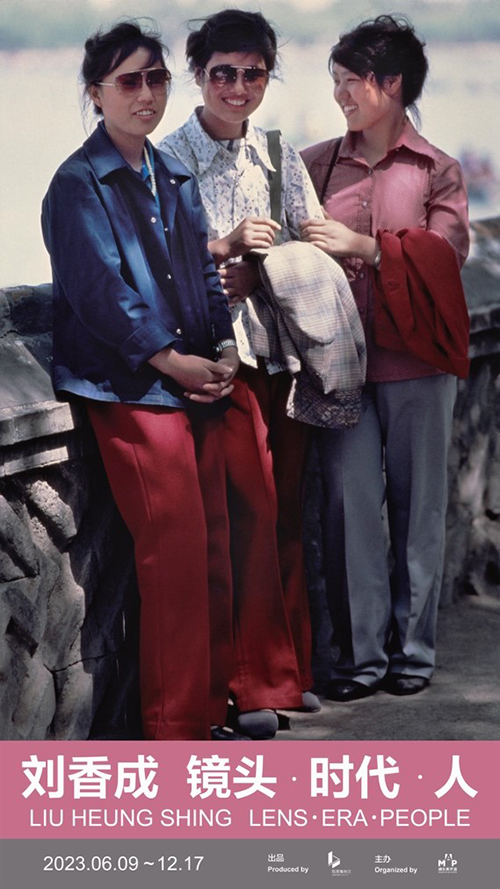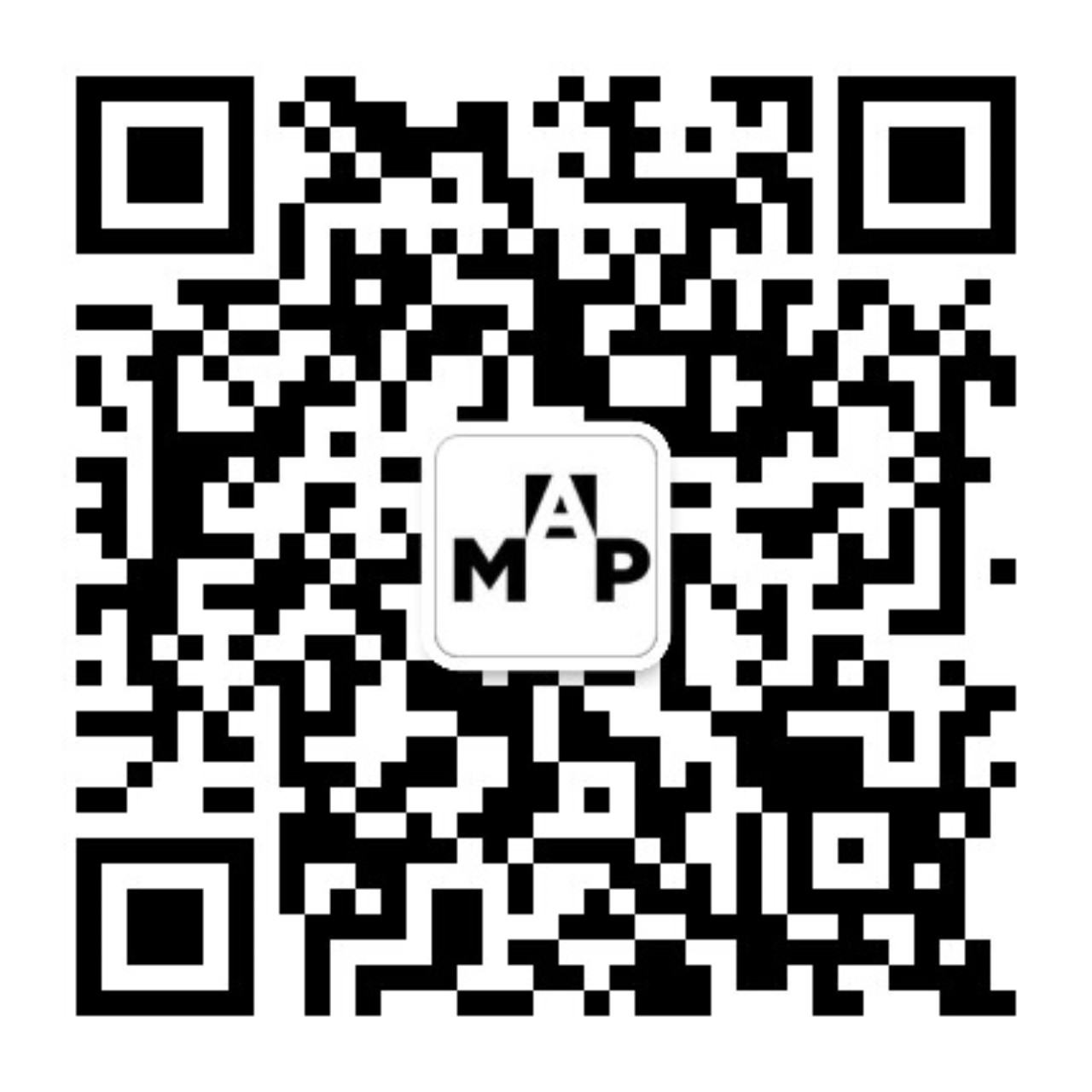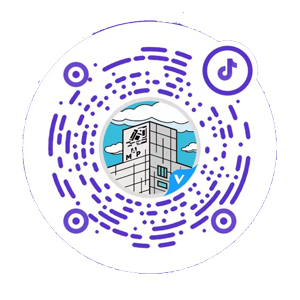
 Press Center
Press Center
From June 9, 2023, Museum of Art Pudong (MAP) will proudly present Liu Heung Shing Lens·Era·People, first large-scale comprehensive retrospective exhibition of photographer Liu Heung Shing. Spread across the museum’s fourth floor, the exhibition will feature Liu’s iconic photographic works on historical events, social people’s portraits, and everyday life in different countries, organized under seven unique sections of “Face”, “Body Language”, “Timing the Moment”, “Benchmarks”, “Crowds”, “Place”, and “Archive”. A scene of action will also be recreated onsite to showcase one of Liu’s special photo developing experience, vividly restaging how news images were created, selected and disseminated in his time.
As the first photography exhibition since the Museum of Art Pudong opened, this retrospective is the largest showcase of Liu Heung Shing’s work to date, featuring nearly 200 pieces, with over half of them being exhibited for the first time. Expanding to Liu’s global perspective for the first time, it will allow local audiences to examine works that Liu captured outside of China. More importantly, it disrupts the previous event- or time-based curatorial pattern, using themed sections to deconstruct Liu’s photographic language and approach via visual and cultural elements. The exhibition is produced by Shanghai Lujiazui (Group) Co.,Ltd., and organized by the Museum of Art Pudong.
Fragments of the Times Captured by a Pulitzer Prize-Winning Photographer
Amid the vicissitudes of human history, Liu Heung Shing focused his lens on not only events of global impact, but also people living their lives in the sweeping tides of the time. In the late 1970s, Liu was among the first photojournalists coming to document China following its reform and opening up, unveiling the country’s mysterious “national face” to the world. From state leaders to ordinary people and from eye-catching events to daily routines, Liu’s works were more than just emphasizing on-the-scene reporting in the journalistic sense, but highlighting how he represented historical moments via his personal perspective, and delivered aesthetic expressions of strong personal interest. Liu’s art transcends the medium of photography, telling stories through the lens.
Liu Heung Shing’s diverse educational and cultural backgrounds have sharpened his cultural acuity, while his deep understanding of China has allowed him to provide a unique dual Chinese-Western perspective to the global journalism community. The multi awards winning photographer whose photographic practice has not only established the visual style of coverage on China, but also had a profound impact on the aesthetics and techniques for Chinese photojournalism.
Besides photos about China that local audiences can immediately empathize with, this exhibition will also include Liu’s photographic documentation of specific historical moments he witnessed in the United States, India, and the already-dissolved Soviet Union. These images offer viewers new insights into the era that Liu's career spanned.
Historical Moments and Evolving Routines Documented by nearly 200 Photos in 7 Sections
Among the seven sections of this exhibition, “Face” captures the unique information engraved on different faces, from young people on the streets of Xishuangbanna who were influenced by the pop culture of that time, to Pujie (the younger brother of Puyi, the last emperor of China) sitting within the Forbidden City. Despite the significant transformations over time, these faces still evoke a sense of resonance for all who have experienced the shifting epochs. By examining the gestures of different subjects, “Body Language” seeks to decode the mood of various social groups in different places and eras, with highlighted works depicting Richard Nixon aboard the train from Hangzhou to Shanghai and local residents doing tai chi by the Pearl River. In addition to serving as testimonies to important historical moments such as former U.S.S.R. President Mikhail Gorbachev’s resignation speech, “Timing the Moment” hosts typical moments of social life and individual people, as Liu captured students flocking to the bright lights of Tian’anmen Square to study after China resumed college entrance examination, and 106-year-old Zhou Youguang, the creator of Pinyin system, writing “China” in midair.
Also covering many social people from various fields, the above sections peeks into the daily routines of Chinese and international artists including Andy Warhol, artist Cai Guoqiang, Shanghai artists Ding Yi and Chen Yifei, Zeng Fanzhi and Liu Xiaodong, the behind-the-scenes silhouettes of entertainment celebrities Zhang Yimou, Jiang Wen, Gong Li and Zhou Xun, and the life scenes of cellist Yo-Yo Ma, writer Zhong Acheng, anthropologist Fei Xiaotong, and conductor Herbert von Karajan... Liu Heung Shing’s lens give the viewer a glimpse of their unknown aspects.
“Benchmarks” is a section that sheds light on the broader social reality and touches the viewer with immediately recognizable details in photos. From fashion-conscious youths idling in Beihai Park to a women auto worker working under a bonnet of a Shanghai sedan, the works speak across time and place and pierce into the viewer’s heart with all kinds of ingredients that help benchmark history. And on exhibition’s opening ceremony, Liu Heung Shing will officially gift his work Shanghai-Born Model Yao Shuyi (Shanghai, 1996) to the Museum of Art Pudong in commemoration of the unique retrospective. In comparison, “Crowds” uses “group portraits” as a prism to interpret the social context while documenting the street scenes from various cities, including the bustling Nanjing Road in Shanghai in the late 1970s, and the opening of Maxim’s Restaurant in Beijing – all the works allow the viewer to confront the unconscious details of the times and the course of human history.
Showcasing the daily scenes that Liu photographed in many cities during his travels, “Place” comes as a summary of meticulous vignettes found in everyday life, representing an intersection of history and reality. From rural outskirts of New Delhi to mounted guards take position for the National Day Ceremony, these photos reflect how a country, a nation celebrates its own traditions from a globalized viewpoint. And in “Archive”, the exhibition concludes with photos selected by Liu from his personal album, and shares his career highlights and the most memorable moments.
First Large-Scale Photography Exhibition at the Museum of Art Pudong as Window of International Exchanges
After Liu Heung Shing keenly captured the changes and developments in China over the past half century, this retrospective exhibition at the Museum of Art Pudong (MAP) represents his largest-scale showcase to date. It offers captivating highlights for viewers of all ages and serves as a new window for international exchanges, bridging artists and their works. Located in the core area of Lujiazui, which is an important gateway for China’s openness to the world, MAP symbolizes the cultural achievements of Pudong New Area and Shanghai. Despite belonging to different eras, Liu and MAP share the same cultural spirit that remains unchanged as the wheels of history continue to turn.
【 Liu Heung Shing Lens·Era·People Exhibition Poster】

About Museum of Art Pudong
Located at the heart of Xiao Lujiazui, the Museum of Art Pudong (MAP) broke ground on September 26, 2017 and opened to the public in July, 2021.
Invested, built, and managed by the Lujiazui Group and designed by Ateliers Jean Nouvel (AJN), MAP is primarily set out to present world-class exhibitions to its audience as well as showcasing domestic artists. The four major functions of MAP include: to hold exhibitions, to promote art education, to develop cultural merchandises, and to advocate for international exchange. MAP aims to become a new cultural landmark of Shanghai and an important platform for international cultural exchange.
About Liu Heung Shing
Liu Heung Shing is a renowned master of contemporary documentary photography. Born in Hong Kong in 1951, he began his photojournalism career in 1976 and was the first chief photojournalist for Time magazine and the Associated Press to work in Beijing since 1978. He was one of the first international photojournalists to systematically report on China since the reform and opening up. After his time in Beijing, Liu successively served as AP’s chief photographer in Los Angeles, New Delhi, Seoul and Moscow, witnessing a series of important historical events in each location.
Awards given to Liu Heung Shing and his works include: “Pulitzer Prize for Spot News” (1992); “Overseas Press Club Award” (1992); Paris Photo “One of the 99 Most Influential Photographers in Contemporary Photography” (2004), etc. The books he has edited on photography include: China, Portrait of a Country (Taschen, 2008); China in Revolution: The Road to 1911 (University of Hong Kong Press, 2011); Shanghai: A History in Photographs 1842-Today (Penguin Press, 2010), etc. In 2015, Liu Heung Shing founded the Shanghai Center of Photography.
 PREV
PREV

 沪公网安备 31011502017932号
沪公网安备 31011502017932号



